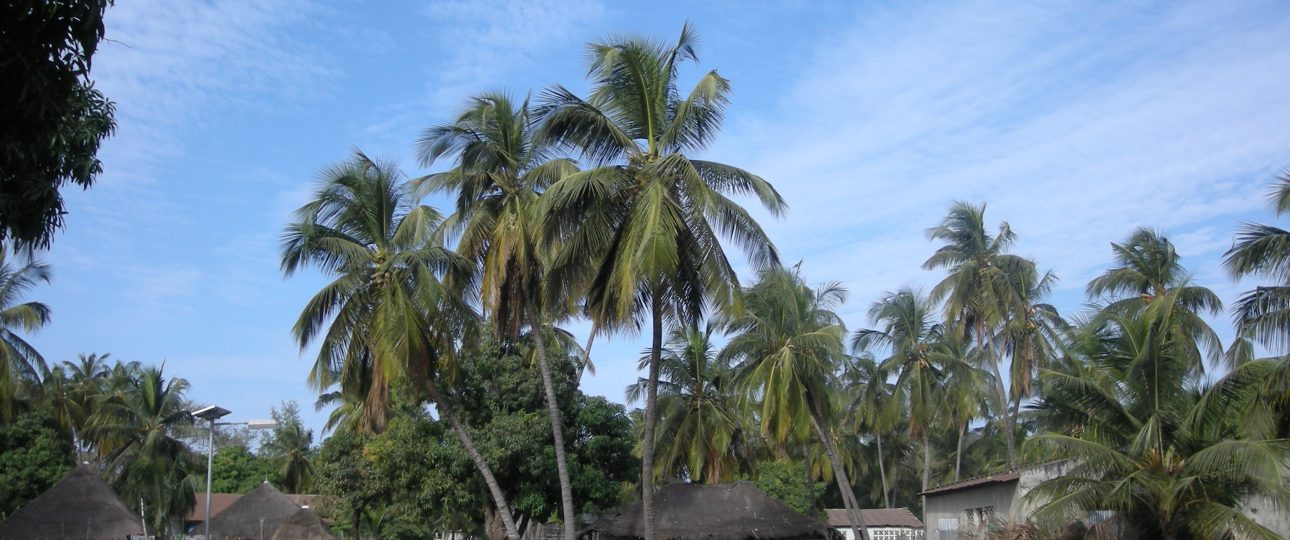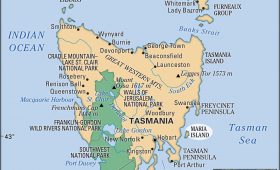Discovering Ile de Carabane in Senegal
Ile de Carabane, located in the Casamance River delta of Senegal, offers a unique blend of natural beauty and cultural heritage. This small island, with its sandy beaches and lush mangroves, provides an enriching experience for travelers seeking both relaxation and exploration. Let’s delve into what makes Ile de Carabane a fascinating destination.
Getting There
Reaching Ile de Carabane requires a bit of patience, as the journey itself is part of the adventure. The island is accessible by a motorized pirogue from Elinkine, a nearby village, which takes about 30 minutes. Alternatively, you can embark on a two- to three-hour boat trip from Ziguinchor, the regional capital. While the journey may take some time, it offers a scenic passage through the waterways of the Casamance region.
Exploring the Island
Upon arrival, you’ll find Ile de Carabane’s charm in its simplicity and tranquility. The island is best explored on foot, allowing you to wander through its sandy paths lined with coconut trees and traditional straw-wrapped wooden houses. The absence of cars and motorbikes enhances the peaceful atmosphere, making it an ideal place for leisurely exploration.
Points of Interest
- Carabane Beach: Known for its sandy shores and coconut trees, the beach is perfect for relaxation and enjoying the coastal scenery.
- Fort Carabane: This historical site offers a glimpse into the island’s colonial past. Although in ruins, the fort provides panoramic views of the surrounding landscape.
- Mangrove Forest: A boat tour through the mangroves reveals a complex ecosystem teeming with birdlife and other wildlife, offering a unique opportunity to connect with nature.
- Local Cuisine: Savor traditional Senegalese dishes such as Thieboudienne and Yassa Poulet. The island’s fresh seafood, including grilled fish and prawns, is a culinary highlight.
Best Time to Visit
The ideal time to visit Ile de Carabane is during the dry season, from November to April, when the weather is pleasant and rainfall is minimal. This period also coincides with the peak tourist season, offering a lively atmosphere. For those seeking a quieter experience, consider visiting in October or May, during the shoulder seasons.
Local Transportation
On the island, walking is the primary mode of transportation due to its compact size. For longer distances, bicycles are available for rent, providing an eco-friendly way to explore the area. The absence of motor vehicles contributes to the island’s serene environment.
Practical Considerations
While Ile de Carabane offers a peaceful retreat, it’s important to be prepared for limited amenities. Freshwater is available, but it was historically brought from the mainland until a pump was installed in 2006. Additionally, the island’s geography and climate can present challenges, such as occasional flooding during the rainy season and coastal erosion. Visitors should plan accordingly and embrace the island’s rustic charm.
Embark on a journey to Ile de Carabane to experience its natural beauty, historical intrigue, and warm local hospitality. This island offers a distinctive escape for those willing to venture off the beaten path.




